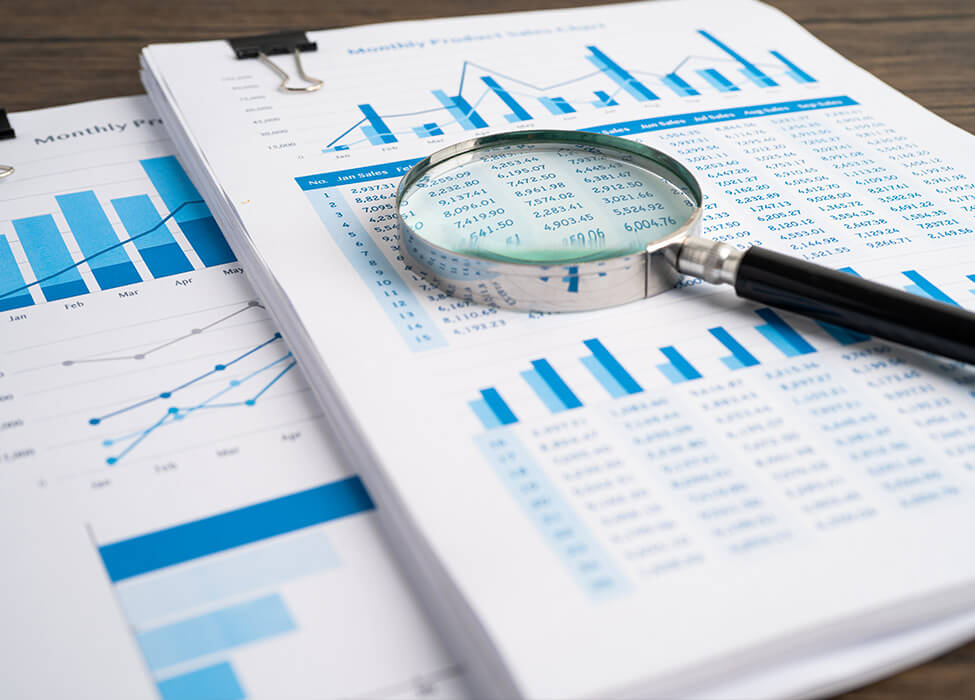Data management stands out as a potent tool for contemporary businesses seeking heightened profitability, enhanced performance, and a competitive edge. The data stemming from financial and operational activities, such as general ledger accounting, can be harnessed by companies to garner insights and refine strategic planning. A prime illustration of this is the record-to-report (R2R) process, which entails the systematic collection, organization, and analysis of a company's financial data. The goal is to produce precise and comprehensive reports, accompanied by actionable insights of strategic significance.
The efficiency of the R2R process hinges on the internal controls, workflows in place, and the overarching data management strategy of the organization. Executing the R2R process within the stipulated time frame can be a formidable task for finance and accounting teams. Nevertheless, delving into the intricacies of the record-to-report process, comprehending its significance, and adopting best practices can empower companies to refine their business processes. This, in turn, positions them to achieve growth and innovation goals while fostering a healthier bottom line.

Understanding Record to Report (R2R)
Record to Report (R2R) is like the financial storyteller for a company. It takes care of everything related to money – from recording everyday transactions to processing the information and finally presenting it in easy-to-understand reports.
Imagine R2R as a superhero that ensures the company's financial information is not just a bunch of numbers but a clear and accurate story about how well the company is doing, which is simple to understand. R2R starts by recording all the money that happens daily, ensuring no detail is missed. Then, it processes this data carefully, turning it into valuable reports that show the company's financial health. It's not just about math; it's about telling a story with the numbers.
Think of R2R as a guide that helps the company make smart decisions. It doesn't just show the numbers; it explains trends, risks, and opportunities. This allows the decision-makers to plan where the company should go next and ensures all financial records are accurate and transparent.

Optimizing the R2R Process
Optimizing the R2R process for a faster financial close involves streamlining and enhancing each stage of the financial reporting journey. Here are some strategies to achieve a more efficient R2R process:
Process Automation: Implement automation tools for routine and manual tasks, such as data entry, reconciliation, and journal entries. Automation reduces the likelihood of errors and accelerates the entire process.
Smart Integrations: Invest in integrated financial systems that facilitate seamless data flow between different modules, eliminating the need for manual data transfers and reducing the risk of discrepancies. It makes the entire process much faster and transparent.
Real-time Reporting: Move towards real-time reporting capabilities. Utilize technology that allows for continuous monitoring and reporting, enabling timely identification and resolution of issues.
Data Quality Assurance: Prioritize data quality by implementing validation checks and ensuring data accuracy at every step. High-quality data minimizes the need for rework and corrections later in the process.
Parallel Processing: Implement parallel processing, allowing multiple tasks to be performed simultaneously rather than sequentially. This approach can significantly reduce the time required for the financial close.
Close Calendar and Deadlines: Establish a close calendar with clearly defined deadlines for each task in the R2R process. This helps in creating a sense of urgency and ensures that everyone involved is aligned towards achieving a faster close.

Exela’s Smart R2R Solution
Exela's Record to Report solution streamlines financial operations with accurate, automated, end-to-end processes. Customizable rules-based BOTS tailored to your company's needs eliminate manual work, identify trends, and save time. The solution includes a BPM layer automating journal entries, ensuring compliance, and providing process insight.
- Exela's Record to Report solutions automate reconciliation and journal entry processes, enhancing accuracy, ensuring compliance, and delivering cost savings through efficient automation.
- Utilizes a robust financial tracking platform, integrating all data into a single system, employing AI-driven analytics, and visualization tools to derive actionable insights, identify patterns, and anticipate future trends.
- Employing collaborative tax strategies, our solution aids in identifying and documenting qualifying tax credit activities, maximizing reimbursement by exploring methods like cost segregation and last-in-first-out (LIFO) accounting to reduce taxable income and expenses.
In a world where numbers are crucial, R2R ensures that the company's financial information is spot-on, building trust with everyone involved – from the management inside the company to the investors outside who are keeping an eye on things. Get in touch with us to learn more about Exela’s R2R solution.


